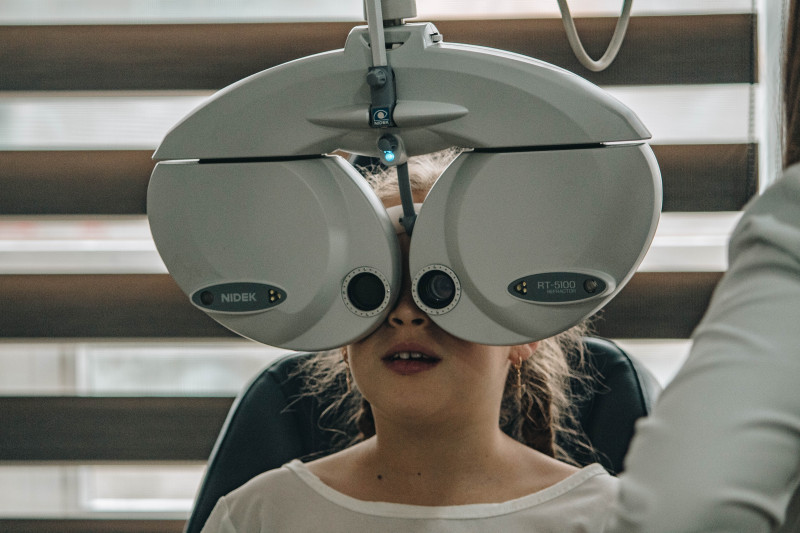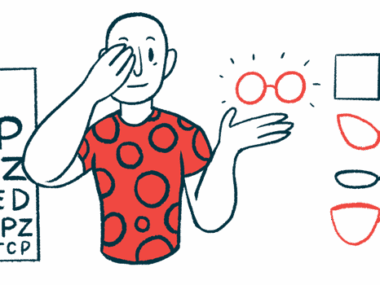New Eye Exam Shows Promise as Vision Test for Children With CLN2
Written by |

nrd/Unsplash
A new eye exam proved useful for testing vision in children with CLN2 disease — also known as late-infantile Batten disease — who took part in a pilot study, its developer, Objective Acuity (OAL), announced.
Called threshold visual acuity test, the exam appears to be promising for use in children with CLN2 disease who are unable to cooperate with traditional vision tests, such as eye charts, due to cognitive, motor, and language skill losses.
The study was conducted in collaboration with Regenxbio, a biotech company developing gene therapies for a range of diseases, including CLN2 disease.
Its findings, “Pilot study of novel optokinetic nystagmus-based visual acuity test in children with CLN2 disease,” were presented by Christina Ohnsman, MD, senior clinical development lead for Regenxbio, at the ARVO 2021 Annual Meeting.
The study included 23 children (ages 3 to 9) with CLN2 disease who were followed at University Medical Center Hamburg-Eppendorf in Hamburg, Germany.
Visual acuity read-outs from both eyes (binocular) and each eye separately (monocular) were obtained using the threshold visual acuity test.
This test is based on an involuntary reflex of the eyes, called optokinetic nystagmus (OKN), that occurs upon seeing a moving object or pattern. As such, it requires no input from the child being tested.
OAL’s technology uses a camera to track eye movements while the child looks at a screen displaying a special pattern that researchers called a “drifting stimulus.” Data from the camera is analyzed using OAL’s proprietary algorithms to detect OKN. The presence of OKN indicates that the child can see the drifting stimulus, while its absence indicates the opposite.
Seventeen (74%) children had measurable binocular visual acuity, while six (26%) had no detectable OKN.
To assess the usefulness of the new test, the researchers sought to establish a relationship between visual acuity read-outs and measures of central retinal thickness (CRT). According to the company, a progressive symmetrical loss of CRT has been well characterized in CLN2 disease.
CRT was measured under anesthesia using a non-invasive technique called SD-OCT, short for spectral domain optical coherence tomography. SD-OCT allows researchers to take detailed pictures inside the eye.
Binocular visual acuity was found to strongly correlate with CRT. Monocular visual acuity read-outs were obtained in 12 right eyes and 11 left eyes, and were highly symmetrical between right and left eyes. They also correlated with CRT.
Binocular visual acuity read-outs were also obtained using preferential looking — a vision test commonly used in young children who are unable to identify pictures or letters. However, these measurements correlated poorly with CRT.
Based on these promising results, Regenxbio has signed a deal to use OAL’s technology in future studies of RGX-381, an investigational gene therapy for CLN2 disease that is delivered directly into the retina to correct for CLN2 ocular manifestations.
“We are pleased with the results of this study. The objective visual acuity measurement obtained using OAL’s technology may allow Regenxbio to obtain further data on the range, severity and impact of visual impairment in patients with CLN2 disease as we advance our gene therapy candidate to treat ocular manifestations of the disease,” Ohnsman said.
“It is exciting to be working with Regenxbio and to have OAL’s technology potentially be deployed in Regenxbio’s studies,” added Adam Podmore, CEO of OAL.
Regenxbio plans to provide updates on RGX-381 before the end of this year.





